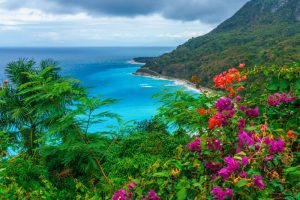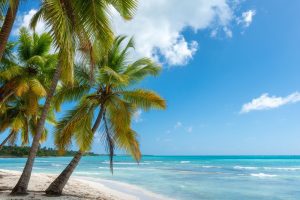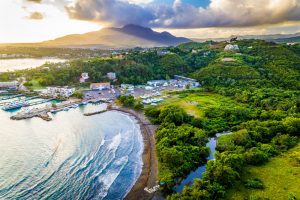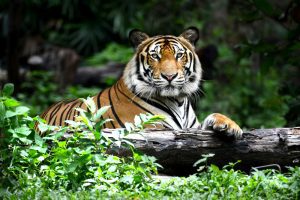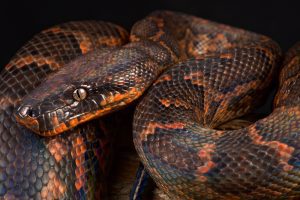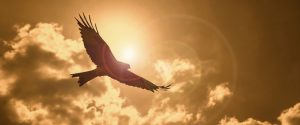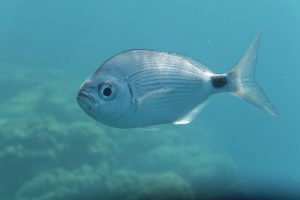The national animal of Haiti is a bird called the Hispaniolan trogon. The bird is named after a region in Haiti, is a brightly colored bird, and one animal you will not forget seeing.
The Hispaniolan trogon makes a low, haunting sound that can be heard for quite some distance.
This bird is as unique and symbolic to Haiti as the bald eagle is to the United States. It is a bold and impressive thing that is subtle but heard all across the land.
The Hispaniolan trogon is a species that dominates both Haiti and the Dominican Republic, which borders Haiti to the east of the island in the Caribbean.
At one point, the Hispaniolan trogon was nearly endangered, and this is how it became a national and protected animal.
Learn more about this little bird with a national title here.
Table of Contents
Is the national animal of Haiti endangered?
Today, the Hispaniolan trogon is listed on the “Least Concern” list by the International Union for the Conservation of Nature (IUCN), which means it is not endangered.
Still, the population is declining as climate change impacts its habitat, although not to dangerous levels.
Its protected status as a national animal could lend some federal or even international aid to preserve the species if necessary.
This national animal is small but mighty in many ways and is being watched by the international community with great concern.
What does Haiti’s national animal look like?
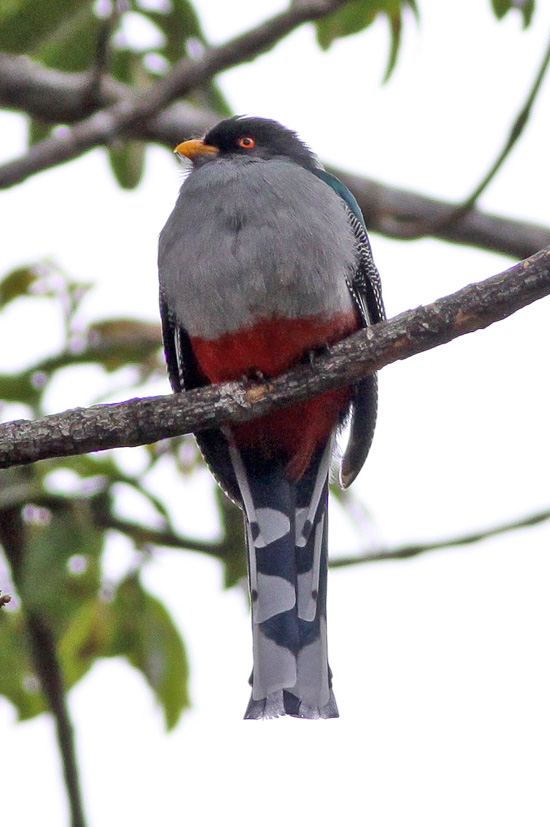
The scientific name of the national animal of Haiti is Temnotrogon roseigaster but is most commonly known as the Hispaniolan trogon.
It is a bird of many colors with a long tail and graduated feathering. Its feet are small and so is its bill.
The upper body part of the bird is a bold and metallic green, that contrasts the gray breast and throat area. A snow gray covers its throat to its lowest torso section, which is red.
The Hispaniolan trogon has a back that is a bright blue, sometimes aquamarine, spray that looks like a cape.
The blue feathering can often go right to the end of its rectrices, or flight feathers of the tail, which can be several inches long. This section can also sometimes be green.
On the underwing of the blue cape of the bird is a slate gray color of remiges, or flight feathering, which is dotted with white dots appearing as pearls in perfect parallel precision.
Just above that layer, directly below the blue, is a grey and white section of contour feathers that have perfectly symmetrical white markings going in the opposite direction of the lowest range of feathers on this striking bird.
The male and the female look nearly identical, making it impossible to tell the difference between one and the other.
What does the Hispaniolan trogon sound like?
The sound of the Hispaniolan trogon is described as both a coo and a long song that is said to travel the hills of Hispaniola in Haiti.
Some reports describe it as moving from one side of the bird to the other and then echoing across the land.
It is a cry that is curious in nature, as is the call of many birds. Some say there is a confidence in this tone that embodies that of a national animal.
Some birds are just like that, they will tell you they are there and hope the whole country can hear them. The sound of the Hispaniolan trogon will catch one’s attention in an awe-inspiring way that offers quiet confidence.
What is the habitat of the national animal of Haiti?
This bird lives in the pine forests of Haiti and in some areas of the Dominican Republic as well. As pretty as it is, or maybe because it is so pretty, the Hispaniolan doesn’t like to showcase itself when it is time to rest.
Nests aren’t really its thing, and it prefers to make cavities in trees to live in. It has earned the nickname of “nibbler” by many Haitians because of that, as it will use its beak to make its own cavities in a very noisy manner.
The trees that the trogon prefers are the pine and deciduous variety that offer a softer wood but a strong foundation for living in.
Forests are its home, and these lands need to be protected for the trogon to stay protected, a notion already a known concern for locals and international activists alike.
The trogon also loves the mountains and prefers to find trees there to live and to observe from.
The humidity of Haiti, and the Dominican Republic, is needed by the Hispaniolan trogon. Rainy seasons are its friend, and it loves older trees to live in during the wetter season.
Does Haiti’s geography support the Hispaniolan trogon?
Haiti’s geography definitely supports the national animal of Haiti. The bird also lives in the Dominican Republic, a country that has similar geography to Haiti.
Around the island are Cuba to the West, Jamaica to the south, and The Bahamas to the north. This is a climate that is friendly for the Hispaniolan trogon, as it thrives in humid and moist conditions.
Haiti was originally called Hispaniola after the indigenous population that dominated it before it was named Haiti, and many locals still refer to central Hispaniola as such today.
The region of Haiti that the national animal will appreciate the most is the series of mountain ranges that run from the west to the east of this entire island.
These are mountains that go right into the Dominican Republic. It’s in these forested mountains that you will find the Hispaniolan trogon making its home.
The lifestyle of the Hispaniolan trogon
The national bird of Haiti consumes insects almost exclusively but might enjoy some tourist leftovers of nuts and fruit on occasion, however you shouldn’t feed these wild birds.
It forages like any other bird and prefers fruit when it does. When foraging, it picks up its food and then consumes it in private away from other animals that may try to take the food.
The forests are its favorite place to forage.
The national bird of Haiti has a breeding season in the spring, between March and July. Its eggs are pale green, and it only lays about two at a time.
How long the eggs will incubate remains unknown, as each egg and its hatching time will vary. However, the trogon itself can live for as long as 7 or 8 years.
Learn more about the national animal of Haiti
The national bird of Haiti is the Hispaniolan trogon, a species that may have been on the island longer than humans.
This is a beautiful bird that loves the forest and the warm and humid climate. It can live for several years when it has the right home. The Hispaniolan trogon can also be found in the neighboring country of the Dominican Republic.
Image: Flickr / Alfonso Lomba


